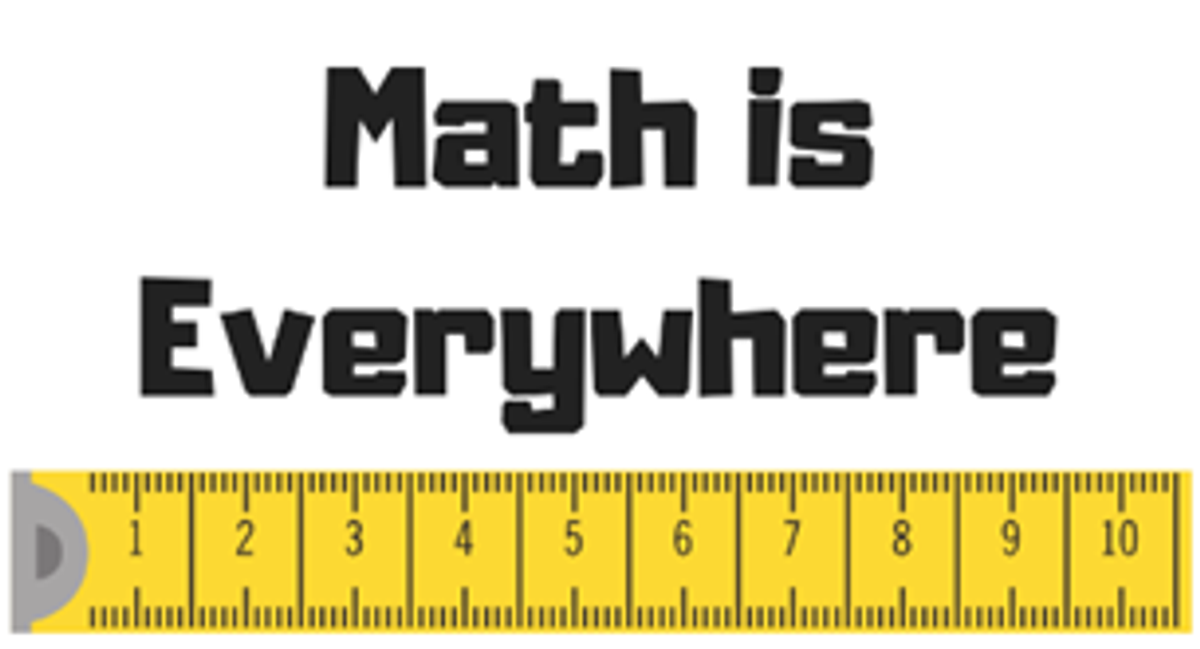Curriculum Updates
News from around the classrooms by our Learning Specialist, Jess Goward.
Artwork by Alkina Edwards' Creations

Curriculum Updates
News from around the classrooms by our Learning Specialist, Jess Goward.
Artwork by Alkina Edwards' Creations
Maths at Home
Are we nearly there yet? How long will it take? How far is it? These are questions you’ve heard your children ask countless times, and for good reason too: understanding measurements is essential to be able to quantify the world around us.


The measuring skills your child learns at primary school will go on to help them in everyday life, from cooking, to shopping, to getting to work on time!
Quick Reference Guide to Measurement
Capacity is how much something holds. It is usually measured in litres and millilitres.
Volume is the amount of space a liquid or gas can take up in a container.
Mass is a measure of the amount of matter in an object. Mass is usually measured in grams (g) or kilograms (kg). It is often used interchangeably with weight, although weight technically refers to the effect of gravity on an object instead of how much matter it contains.
Perimeter is the border of a shape. The perimeter of a circle is its circumference.
Standard units of measurements are units that are agreed by everyone, like metric and imperial units.


Here are some ideas to explore measurement in incidental ways at home:
1. Measure Everything
There are lots of opportunities to practise measuring at home. Try to measure practically wherever possible. Discuss and identify standard units (like cm, m, kg, g, l, ml) on food packaging, toiletries, or clothes labels.
You could also try using non-standard measures. For example, how many paces long is the kitchen? How many paperclips wide is the book?
2. Bake Together
Help your child to measure ingredients when you are cooking. Identify the capacity/volume or mass/weight of ingredients, either using scales or less formal methods such as cups.
3. Get Outside
Getting outside allows children to apply their new understanding to everyday life. When going for a walk, measure the distance you have walked, calculate the perimeter of your local park to estimate the area. Maths is everywhere – go and explore.
4. Guess Work
Supporting children to make estimates is another important skill to practise at home.
You could estimate how many sweets are in a jar, how many steps to the end of the road, minutes to complete a task or how high are the plants in the garden. This will allow the children to visualise the units and apply them in real life.
Online Maths Competition Opportunity for students in Grades 3-6– Kangourou sans Frontières (KSF)


Inspired by the AMT’s Australian Mathematics Competition (which we had 10 Ceres students compete in the AMC last year), Kangourou sans Frontières (KSF) is the largest maths competitions in the world, with more than 6 million participants each year.
Held in March, the KSF is a great opportunity for students to experience maths in a competition environment prior to the AMC in August. The competition is a 60-minute, online test like style with 24 questions for Grades ¾ and 30 questions for Grades 5/6, all multiple choice.
The competition is completely optional.
If your child is interested in competing, the cost is $5 which can be paid for on QKR. Please send me an email to let me know your child wishes to compete by Wednesday, 20th March . Once paid for on QKR, I will enter them into the competition.
Further information about the competition
The competition covers topics such as:
All students receive an award according to the criteria below.
ParticipationAwarded to a student who has participated in the competition and received no higher award.
CreditAwarded to a student who is in the top 50% of Australian participants and has received no higher award.
DistinctionAwarded to a student who is in the top 15% of Australian participants and has received no higher award.
High DistinctionAwarded to a student who is in the top 3% of Australian participants and has received no higher award.